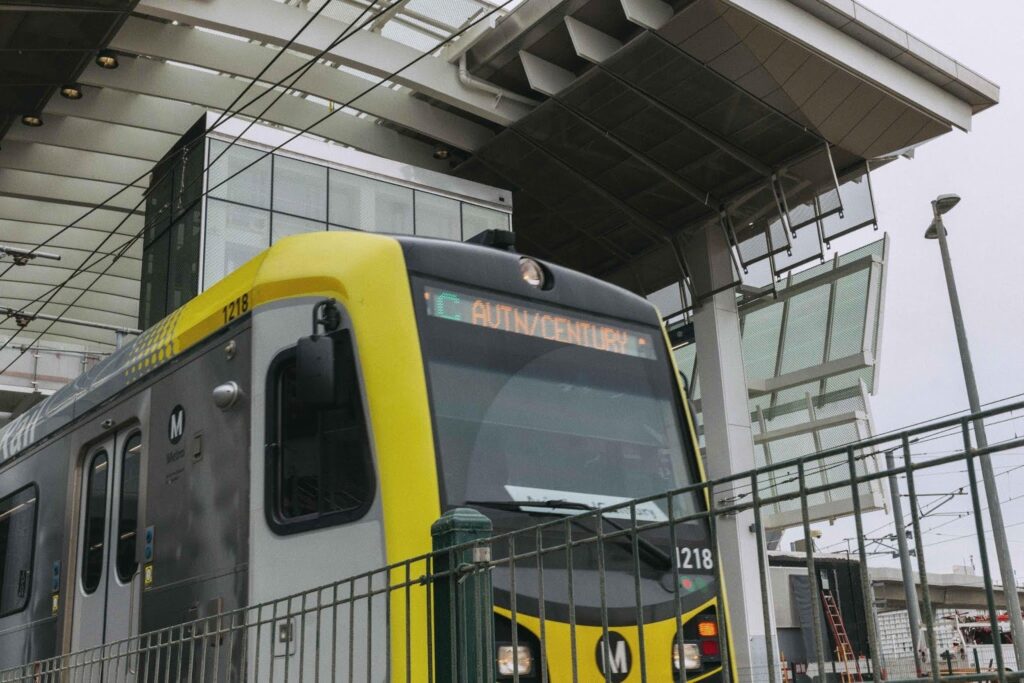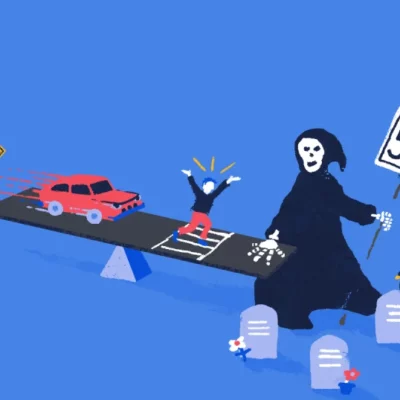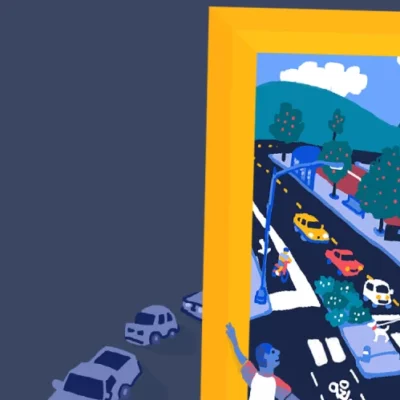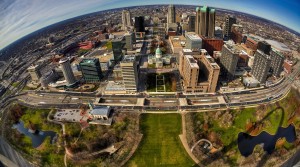
Does transportation have an impact on growing health care costs?
 |
| Albuquerque8 Originally uploaded by Transportation for America |
| Streets safe for walking and biking — especially streets that encourage incidental exercise by encouraging walking or biking — can help residents be more healthy, lowering the health care costs associated with obesity and inactivity. |
With Congress directing their attention to the contentious debate over health care reform and how to pay for it, it seems that transportation has been relegated to the back burner. In the meantime, evidence is continuing to mount that transportation investments — what we build and where — have an enormous impact on our health and the financial bottom line of providing health care.
Last week the California Center for Public Health Advocacy (CCPHA) released The Economic Costs of Overweight, Obesity and Physical Inactivity Among California Adults. In a state making national headlines for its current budget crisis, the study found that (in 2006) “overweight, obesity and physical inactivity cost the state $41.2 billion – $21.0 billion for overweight and obesity, and $20.2 billion for physical inactivity.”
An even more shocking recent study found that the already-dangerous effects of air pollution are magnified for pregnant women living near busy roads.
According to this study from a team of researchers from the University of California, Irvine, exposure to traffic-generated air pollution during pregnancy increases the risk of preeclampsia and premature birth. The study examined over 80,000 birth records and found that the risk of the life-threatening condition preeclampsia increased 33% and the risk of premature birth rose 128% in women living closest to congested corridors.
Many other negative health effects from vehicle emissions, congestion and air pollution have already been documented — with low-income and minority populations typically experiencing the most harmful side effects due to where interstates and highways get built.
The CCPHA report on obesity included some concrete policy recommendations for improving public health, a few of which are connected to our transportation spending decisions.
- Locate residential, commercial and office buildings close together so more residents can walk and bike to meet their daily needs
- Build neighborhoods with safe and attractive parks and other places for recreational exercise
- Create transportation corridors that support pedestrians and bicyclists
Including some realistic goals for improving public health in the transportation bill — one of T4 America’s six national transportation objectives for the bill — would be a great place to start. If we’re ever going to truly move away from a prescriptive health care model to a preventative model — saving us billions in health care costs — we’re going to have to address more than just the skyrocketing costs of treating illnesses and diseases — we’re going to have to look upstream and address some of the contributing factors.
Doing so could keep us healthier and save us billions.
With research from Becca Homa



